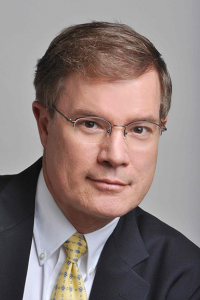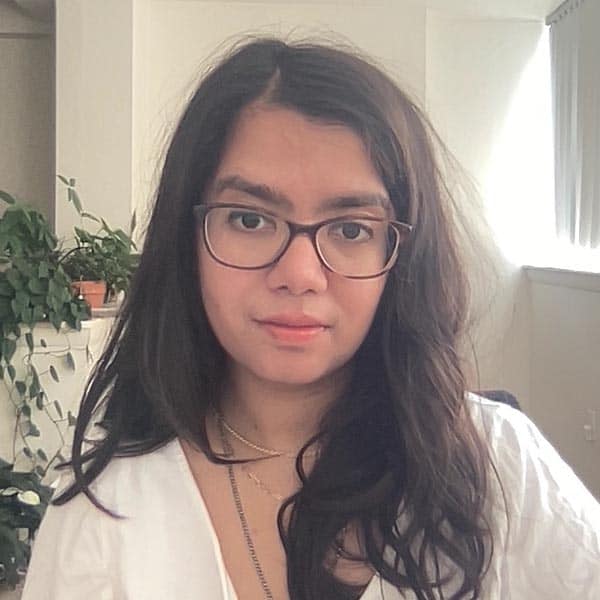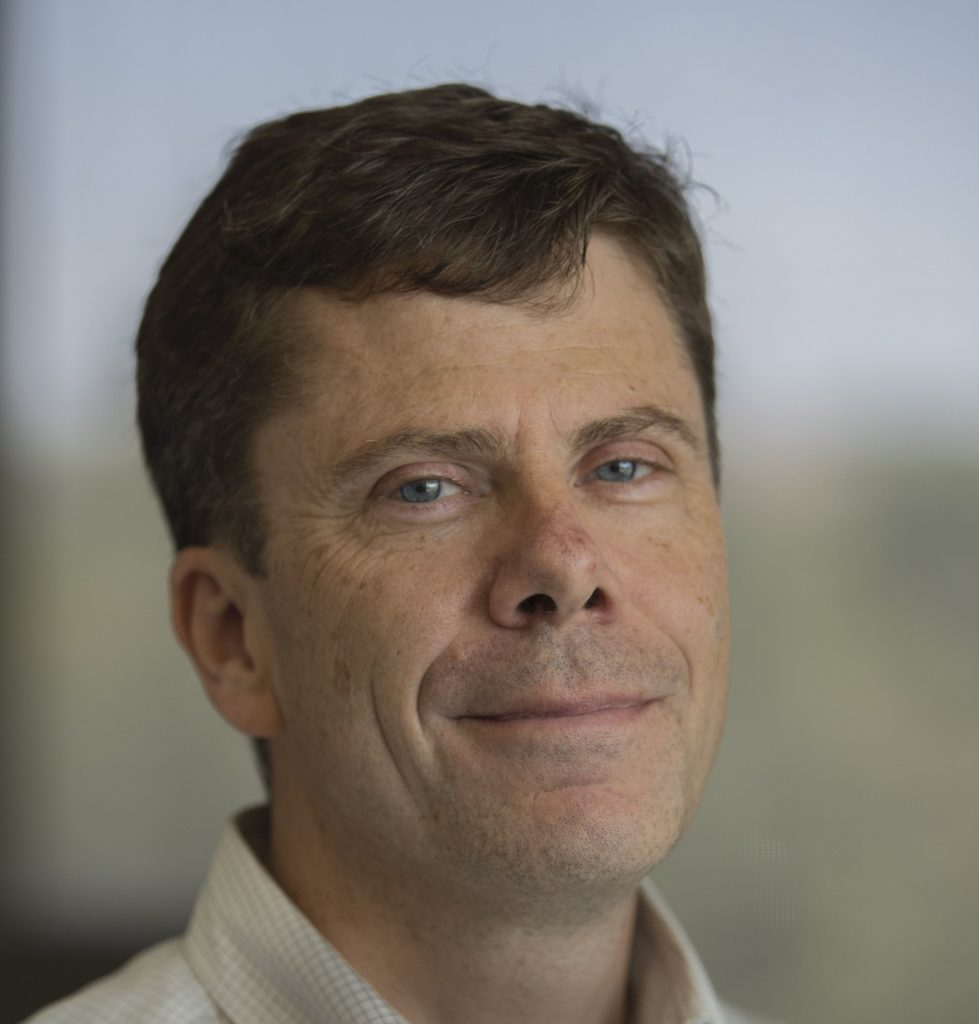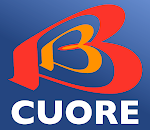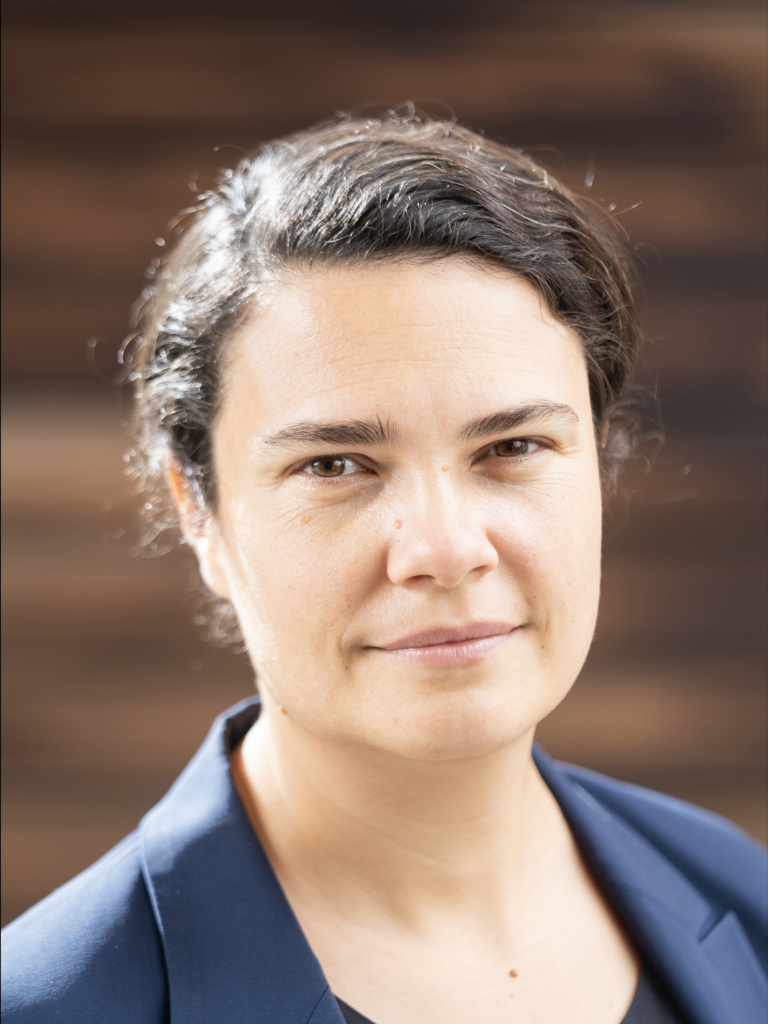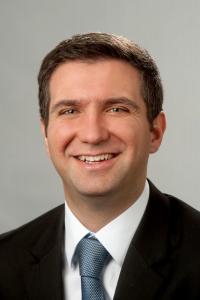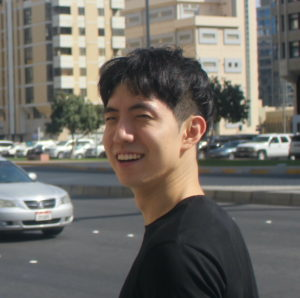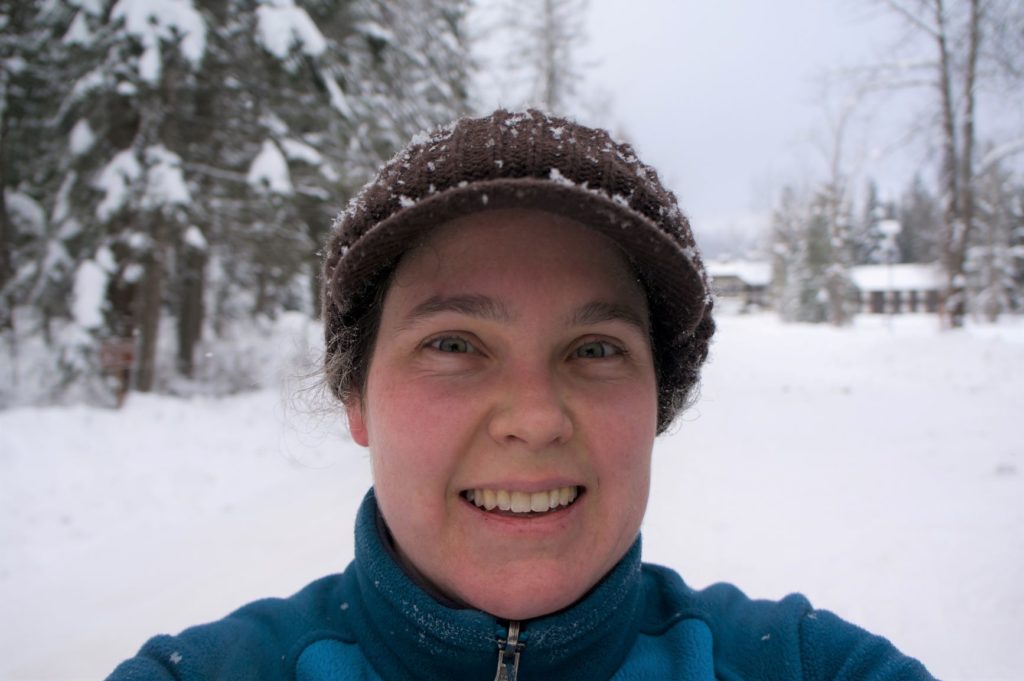Posts by Delilah Catron
Professors Abergel, Fratoni, Hosemann Receive U.S. Department of Energy NEUP Grants
Professors Abergel, Fratoni, Hosemann Received U.S. Department of Energy NEUP Grants June 17th, 2022 The Nuclear Engineering department received DOE Nuclear Energy related research awards of 4.7M$ as a lead institution and further funding as a collaborating institution. These funds will support several different research programs. The Integrated Research Program lead by Professor Fratoni entitled “Bridging the gap between experiments and modeling…
Read MorePer Peterson Awarded the ANS Walter Zinn Medal
Per Peterson Awarded the ANS Walter Zinn Medal June 9th, 2022 Professor Per Peterson has been awarded the 2022 American Nuclear Society’s Walter H. Zinn Medal in recognition of “his contributions to the development of technologies for passive safety in nuclear reactors, and his leadership to develop and commercialize fluoride salt-cooled high-temperature reactors”. The Walter…
Read MoreWhat can nuclear engineering learn from design research? Integrating theory and evidence from contemporary nuclear reactor design into policy design
SPEAKER: Aditi Verma ASSISTANT RESEARCH SCIENTIST, ASSISTANT PROFESSOR (FALL 2022) DATE/TIME: FRI, 04/29/2022 – 3:00PM TO 4:00PM LOCATION: 3105 Etcheverry Hall Abstract While nuclear reactor design is recognized as an essential skill and intellectual output of academic nuclear engineering, little attention has been paid within the discipline to the structure of the reactor design process…
Read MoreImaging at the Speed of Light – Reconstruction-Free Radionuclide Imaging
SPEAKER: Simon R. Cherry Professor, Department of Biomedical Engineering and Department of Radiology DATE/TIME: FRI, 04/22/2022 – 3:00PM TO 4:00PM LOCATION: 3105 Etcheverry Hall Positron emission tomography (PET) is a widely used medical imaging technique, and like many other tomographic imaging modalities, relies on an image reconstruction step to produce cross-sectional images. Detection and localization…
Read MoreKairos Power receives 2022 BloombergNEF Pioneer Award
Kairos Power receives 2022 BloombergNEF Pioneer Award April 14th, 2022 BloombergNEF has announced its twelve winners of the 2022 BNEF Pioneers program, including Department of Nuclear Engineering professor Per Peterson and alumni Mike Laufer and their team at Kairos Power. Kairos Power was recognized for its “novel advanced nuclear reactor technology to complement renewable energy…
Read MoreUCBNE CUORE Collaboration and the Search for Matter
UCBNE CUORE Collaboration and the Search for Matter April 6th, 2022 “Search for Majorana neutrinos exploiting millikelvin cryogenics with CUORE” has been published in Nature. The Cryogenic Underground Observatory for Rare Events (CUORE, Italian for “heart”) is one of several next generation neutrinoless double-beta decay (0νββ) experiments. Affiliated with the published article include those from…
Read MoreRaluca Scarlat Selected for U.S. Department of Energy’s Nuclear Advisory Team
Raluca Scarlat Selected for U.S. Department of Energy’s Nuclear Advisory Team February 9th, 2022 Raluca Scarlat is among eleven members named to the Department of Energy’s Nuclear Energy Advisory Committee, which advises the secretary and the assistant secretary for nuclear energy on current priorities in the department’s programs. “A change in the structure and focus in…
Read MoreMax Fratoni selected for the UC Berkeley Faculty Leadership Academy
Max Fratoni selected for the UC Berkeley Faculty Leadership Academy November 17 , 2021 Professor Max Fratoni was selected for the UC Berkeley Fall 2022 Faculty Leadership Academy. This multidisciplinary leadership development program is intended for tenured faculty who are interested in developing skills and knowledge for leadership on the Berkeley campus. Find out more…
Read MoreUCBNE Graduate Student Jaewon Lee Wins 3rd Place at IEEE Nuclear Science Symposium and Medical Imaging Conference
UCBNE Graduate Student Jaewon Lee Wins 3rd Place at IEEE Nuclear Science Symposium and Medical Imaging Conference November 3 , 2021 UCBNE graduate student Jaewon Lee won 3rd place in the student competition of the Institute of Electrical and Electronics Engineers Nuclear Science Symposium and Medical Imaging Conference that took place on October 16th-23rd, 2021.…
Read MoreRadWatch & DoseNet: building scientific literacy through a network of radiation and environmental sensors
SPEAKER: **In-Person only** Ali Hanks Lecturer and Assistant Project Scientist in Nuclear Engineering University of California, Berkeley DATE/TIME: FRI, 09/10/2021 – 3:00PM TO 4:00PM LOCATION: 3105 Etcheverry Hall The 2011 Fukushima Dai-ichi Nuclear Power Plant accident serves as an example of the risks associated with energy technologies and the need to minimize physical as well…
Read More
